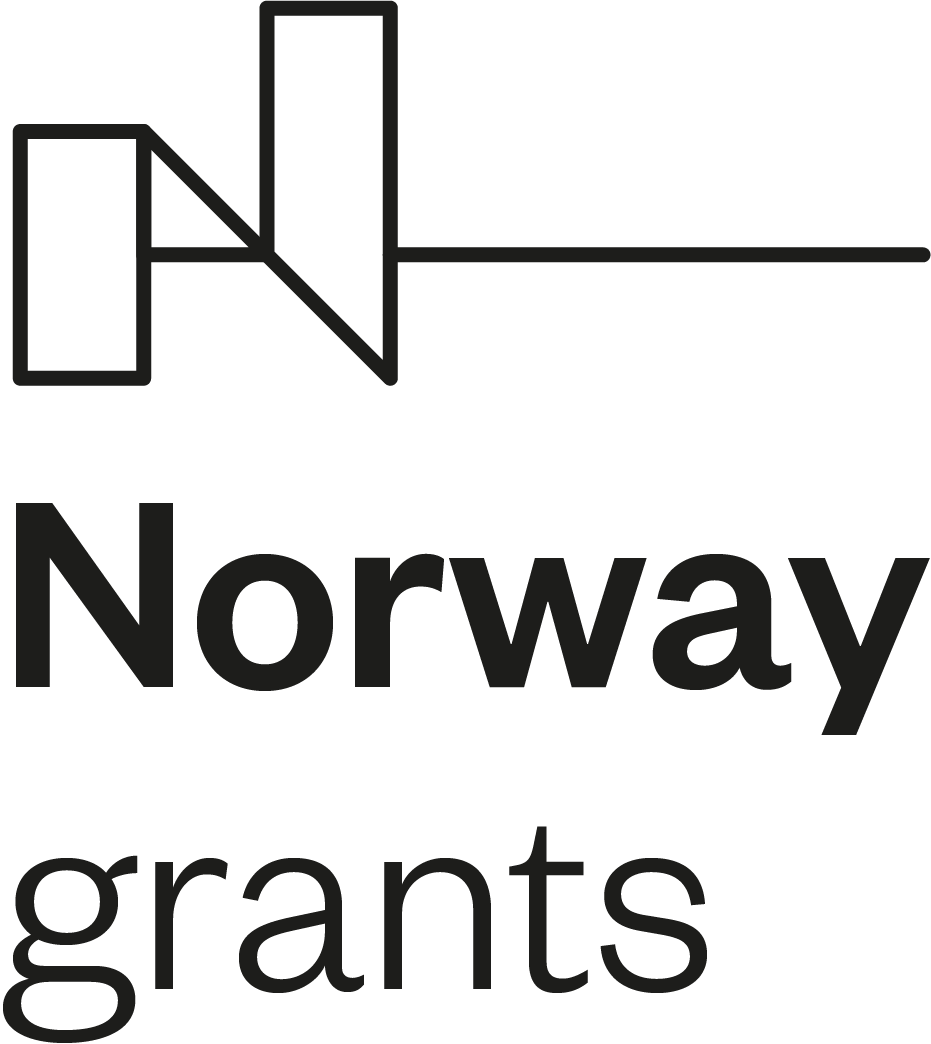Dehumanisation and the power of humanisation_1
22.04.2016
Dr Joanna Bocheńska
The abyss of dehumanisation and the power of humanisation. Toward a new image of the Kurds
The long lasting conflicts and wars that the Kurds have been the part of, the ban on Kurdish language and culture that made their cultural production invisible and unknown for the rest of the world, but also the strong politicization of their cultural activity resulted in a poor and distorted image of the Kurds outside their community. Their image is often associated with war or social crises (that is the ability to fight and grieve) but rarely with the ability to think, feel or act and resolve own problems. Thus they are denied very important dimensions of so called “humanity”. As shown in the recent socio psychological research this process is strengthen by the general human tendency to “infrahumanise” others. This tendency should be distinguished from the well known extreme of the deliberate policy of dehumanisation which is associated with genocide. While the dehumanisation is usually defined as the total denying of human qualities, the infrahumanisation constitutes its subtle version: we deny others so called secondary emotions (Leyens 2001), the ability to think (dementilizing) (Harris&Fiske, 2009) or develop and change (the lack of human potentials) (Tarnowska, Sławuta, Kofta, 2012). This process may lead to moral disengagement when people become insensitive for the sufferings of others. But worse than that the infrahumanisation may overlap with the deliberate dehumanisation, when people become indifferent to the cruel policy launched by their governments against others.
In my presentations I will focus on both the process of infra/dehumanisation of the Kurds and the possible ways to humanize them by the means of culture (literature, film, art) and so called emotional education that fosters moral imagination and our sensitivity towards others.
1.Cultivating emotions and knowing the other
In my first presentation I will provide a wider theoretical framework for humanisation by referring to Martha Nussbaum’s idea of a stable society that should be based not only on the imposed norms and institutions, but also on cultivating emotions and “the spirit of critique”. These skills can be strengthen and developed by participating in the cultural life (literature, art) which helps to cultivate the spirit of tragedy (that is our sensitivity toward sufferings) and the spirit of comedy (that provides us with laugh and distance toward ourselves). Furthermore, works of art help us to imagine and understand the complicated predicament of others. It is because by the means of art or literature we get an insight to the inner lives of others, we cross the invisible border between “we” and “them”. The stories we read, watch or listen to often moves us resulting in the humanisation of the distant others and in our “moral engagement” in their complicated affairs. In other words we become more eager to sacrifice and share.
In the second part of my presentation I will discuss two pictures that resemble the very recent tragic history of the Kurds. Although both represent the well known image of fighter (old Kurdish women carrying guns) and victim (the picture of Alan who drowned in the Aegan sea), they provide us with new messages. Their specific might be attributed not only to the tragic situation they depict, but also to the aesthetical quality of the message that is provided. Thus they speak lauder than thousands of other images of fighters and victims.



